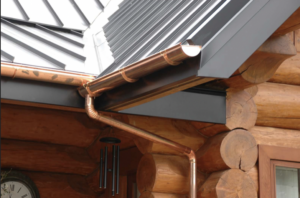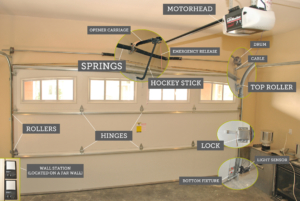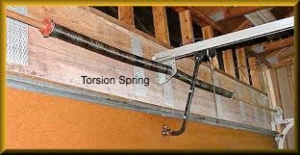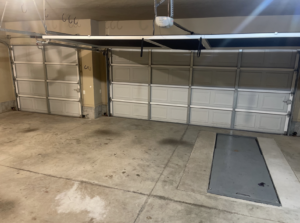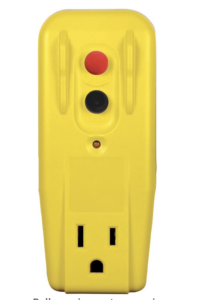Weep Holes
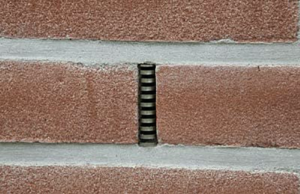
Weep Holes
Did you ever wonder why your home has those little holes(Weep Holes) at the bottom of your brick walls? Have you tried to plug them due to concerns about spider and rodent entry? Well, if you have, you are not alone. As home inspectors we see this problem all the time. So here is a little information about these holes known as Weep Holes.
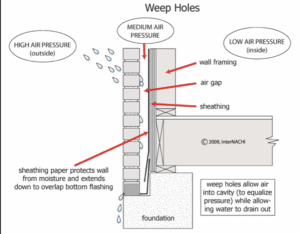
Moisture Drainage
Modern masonry veneer walls should have drainage provisions installed. Weep holes allow water that has reached the space behind the veneer to drain out of the wall system. Weep holes can be created by simply leaving out the mortar from every fourth or fifth vertical joint in the bottom course of the wall. Flashing installed at the bottom of the wall will direct the water out of the weep holes.
Screening
Weep holes can be an integral part of a vented rain screen. This screen reduces the amount of water that can be forced through a masonry veneer wall during wind-driven rains. During a wind-driven rainstorm, there is a positive, high pressure on the outside of the masonry wall, and a low or atmospheric pressure at the interior. This pressure difference can drive moisture into the masonry material and through the wall.
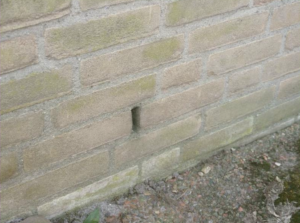
Masonry Walls
Modern masonry veneer walls have a cavity or air space behind them. This air space is typically 1 inch wide and located between the masonry and the interior wall. This space is vented to the outside with the use of weep holes located at the bottom of the wall. During heavy windstorms, air enters the weep holes and pressurizes the space behind the masonry veneer. As a result of this pressurized air space, there is a smaller pressure difference across the masonry units. Less water will move into and through the masonry.
If water goes through the masonry, it will drain down the air space or rain screen. The water will reach the weep holes at the bottom of the wall and will be directed outside by the flashing. Weep holes let air and water pass through them
Home Run Inspections, LLC
Oklahoma: 405-905-9175
Florida: 850-203-3239
We Cover All the Bases!
Serving the Oklahoma City metro and surrounding areas including Edmond, Yukon, Piedmont, Bethany, El Reno, Tuttle, Mustang, Moore, Norman, Midwest City, Del City, Choctaw, McCloud, Shawnee, Harrah, Newalla, Jones, and more.
Also Now Serving the Florida Panhandle metro areas including Destin, Fort Walton Beach, Okaloosa Island, Miramar Beach, Santa Rosa Beach, Niceville, Shalimar, Freeport, Crestview, DeFuniak Springs, Panama City Beach, and more.
Schedule Your Inspections Online at:
Like us on FaceBook
Follow us on Twitter
Follow us on Instagram

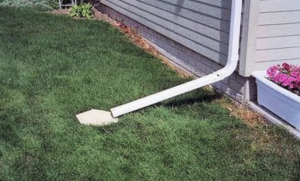
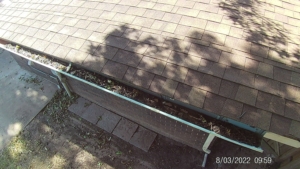
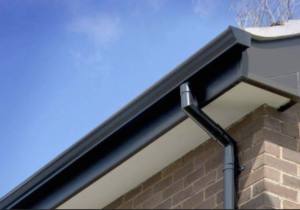 Aluminum
Aluminum